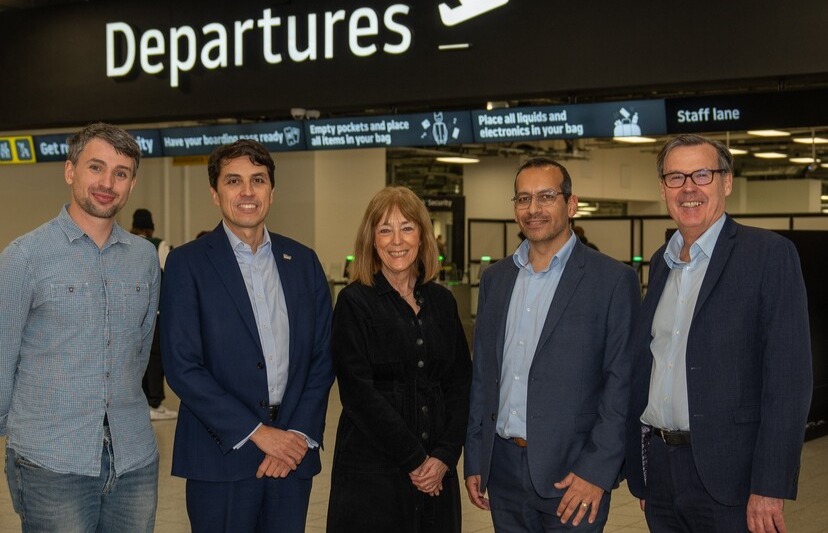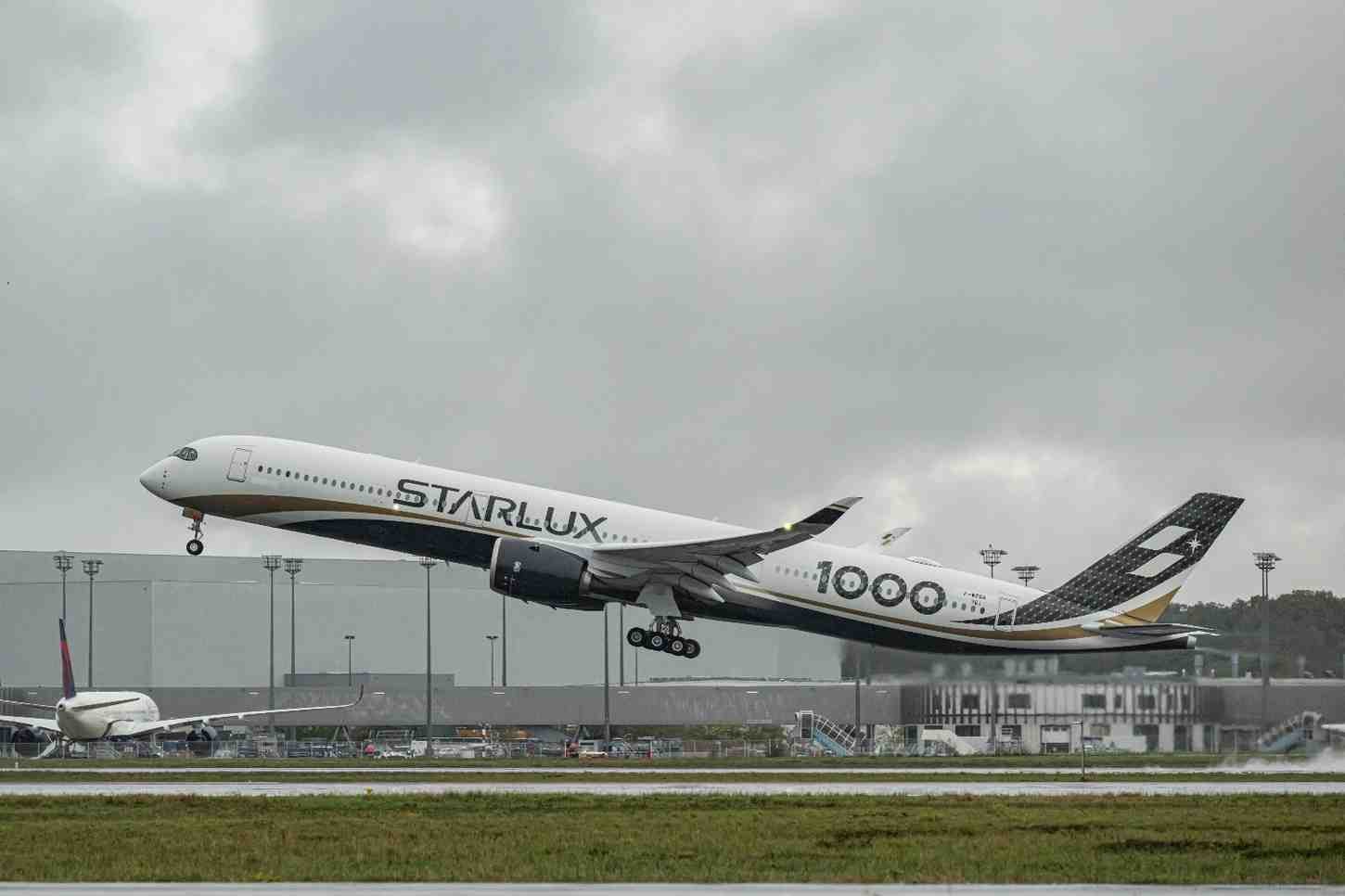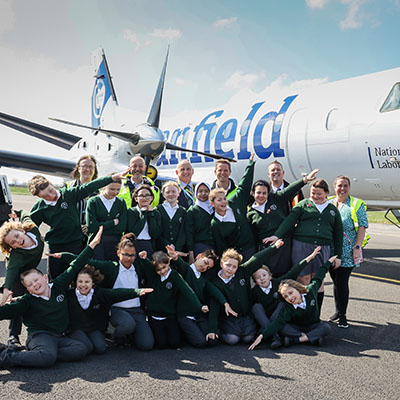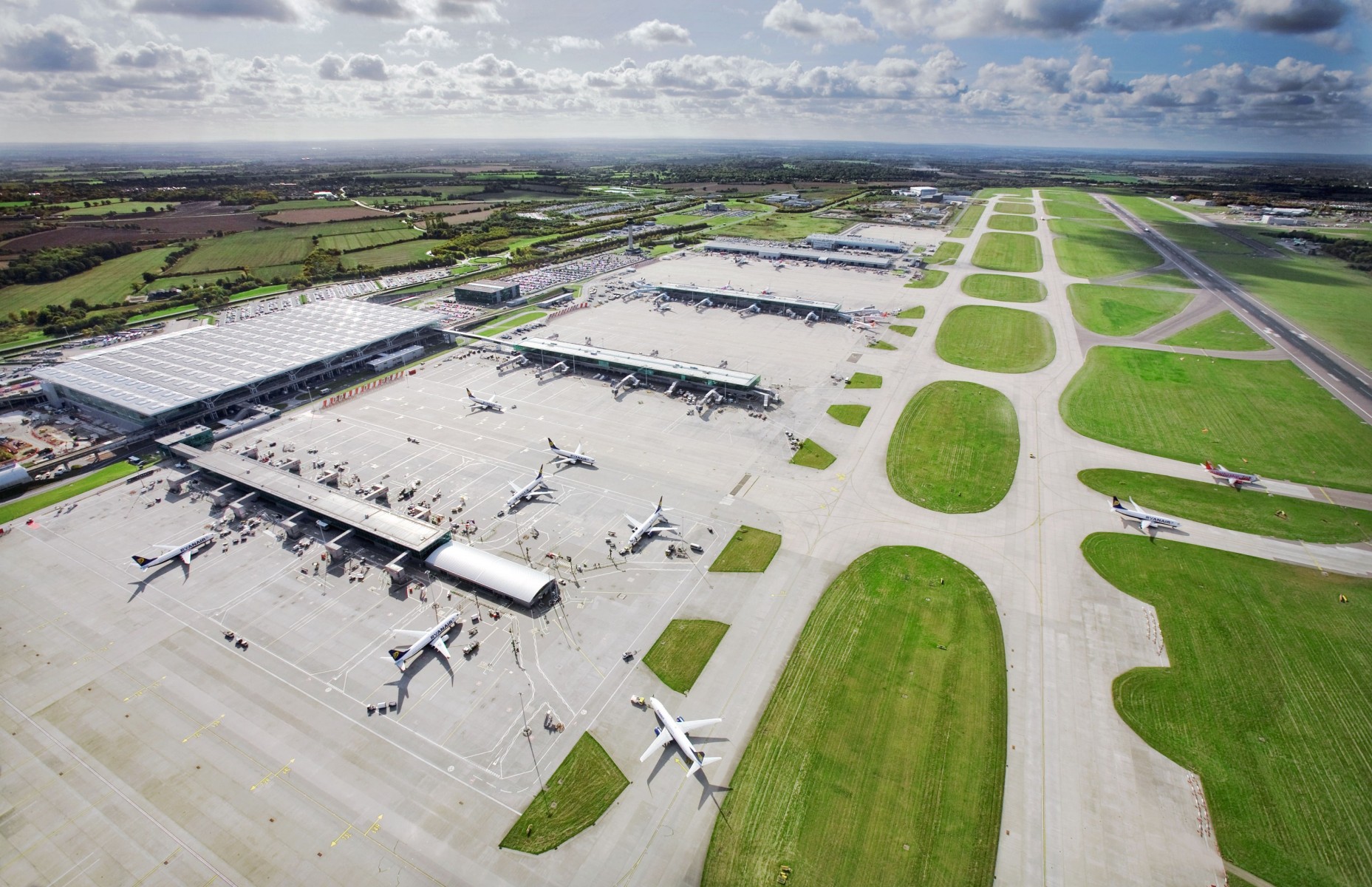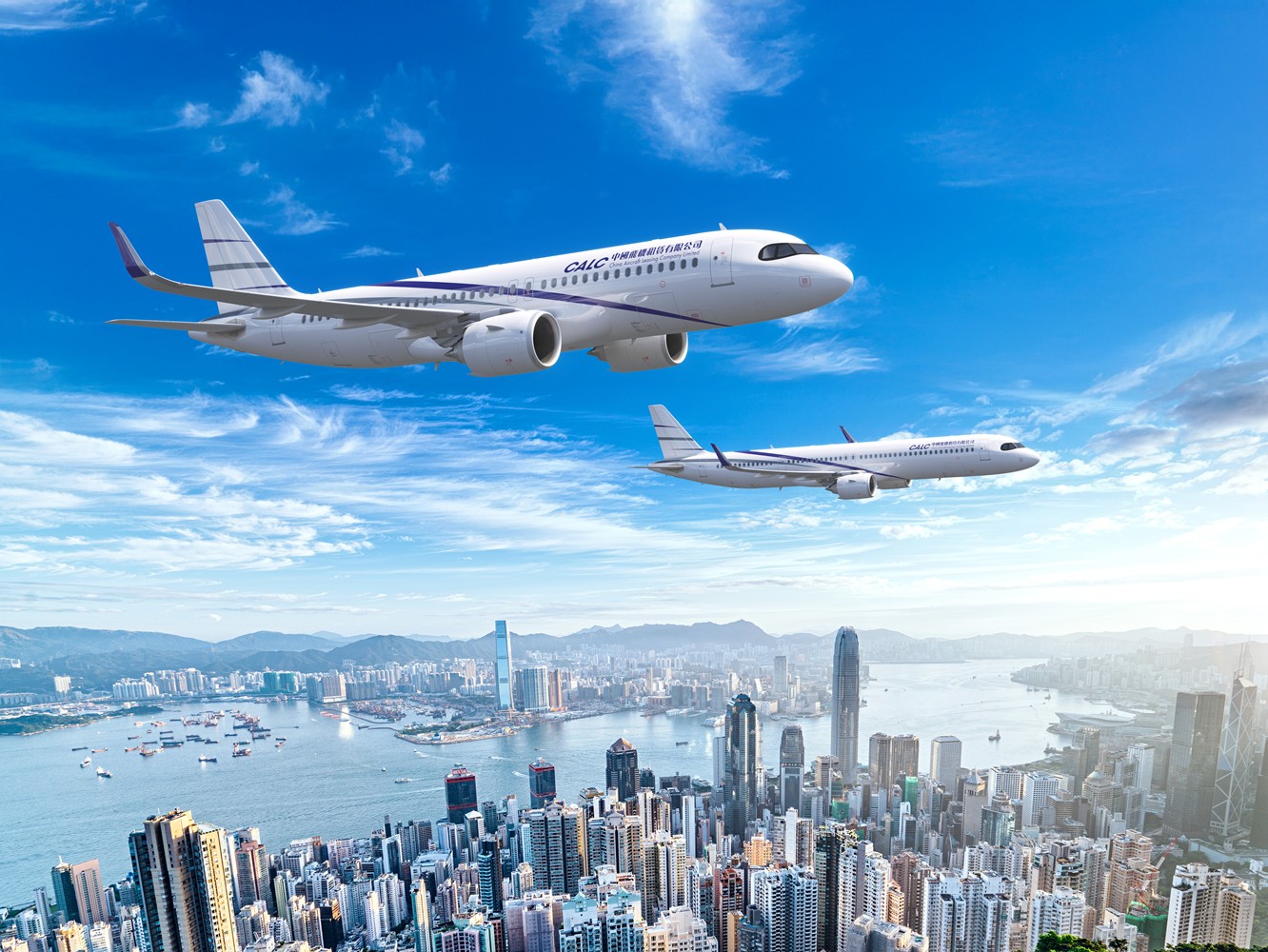IATA sees moderate passenger demand rebound and air cargo up in September
IATA said the air travel rebound was driven by recovery in domestic markets, in particular China, where some travel curbs were lifted following the COVID-19 outbreaks in August. International demand, meanwhile, slipped slightly compared to the previous month.
Because comparisons between 2021 and 2020 monthly results are distorted by the extraordinary impact of COVID-19, unless otherwise noted all comparisons are to September 2019, which followed a normal demand pattern.
Total demand for air travel in September 2021 (measured in revenue passenger kilometers or RPKs) was down 53.4% compared to September 2019. This marked an uptick from August, when demand was 56.0% below August 2019 levels.
Domestic markets were down 24.3% compared to September 2019, a significant improvement from August 2021, when traffic was down 32.6% versus two years ago. All markets showed improvement with the exception of Japan and Russia, although the latter remained in solid growth territory compared to 2019.
International passenger demand in September was 69.2% below September 2019, fractionally worse than the 68.7% decline recorded in August.

Willie Walsh (above), IATA’s Director General, said: “September’s performance is a positive development but recovery in international traffic remains stalled amid continuing border closures and quarantine mandates. The recent US policy change to reopen travel from 33 markets for fully vaccinated foreigners from 8 November is a welcome, if long overdue, development. Along with recent re-openings in other key markets like Australia, Argentina, Thailand, and Singapore this should give a boost to the large-scale restoration of the freedom to travel.”

International Passenger Markets
European carriers’ September international traffic declined 56.9% versus September 2019, down 1 percentage point compared to the 55.9% decrease in August versus the same month in 2019. Capacity dropped 46.3% and load factor fell 17.2 percentage points to 69.6%.
Asia-Pacific airlines saw their September international traffic fall 93.2% compared to September 2019, virtually unchanged from the 93.4% drop registered in August 2021 versus August 2019 as the region continues to have the strictest border control measures. Capacity dropped 85.2% and the load factor was down 42.3 percentage points to 36.2%, easily the lowest among regions.
Middle Eastern airlines had a 67.1% demand drop in September compared to September 2019, slightly improved over the 68.9% decrease in August, versus the same month in 2019. Capacity declined 52.6%, and load factor slipped 23.1 percentage points to 52.2%.
North American carriers experienced a 61.0% traffic drop in September versus the 2019 period, somewhat worsened over the 59.3% decline in August compared to August 2019. Capacity dropped 47.6%, and load factor fell 21.3 percentage points to 61.9%.
Latin American airlines saw a 61.3% drop in September traffic, compared to the same month in 2019, an upturn over the 62.6% decline in August compared to August 2019. September capacity fell 55.6% and load factor dropped 10.7 percentage points to 72.0%, which was the highest load factor among the regions for the 12th consecutive month.
African airlines’ traffic fell 62.2% in September versus two years’ ago, almost 4 percentage points worse than the 58.5% decline in August compared to August 2019. September capacity was down 49.3% and load factor declined 18.4 percentage points to 53.7%.
Domestic Passenger Markets

Brazil’s domestic market sustained its gradual recovery amid positive vaccination progress. Traffic was down 17.3% compared to September 2019 – improved from a 20.7% fall in August.
Japan’s September domestic traffic was down 65.5%, worsened from a 59.2% decline in August versus August 2019, owing to the impact of restrictions.
The Bottom Line
“Each re-opening announcement seems to come with similar but different rules. We cannot let the recovery get bogged down in complication. The ICAO High Level Conference on COVID-19 agreed that harmonisation should be a priority. The G20 declared a commitment to take action to support a recovery with seamless travel, sustainability and digitalization. Now governments must put actions behind these words to realize simple and effective measures. People, jobs, businesses and economies are counting on real progress,” said Walsh.
Cargo
IATA's September 2021 data for global air cargo markets showed that demand continued to be well above pre-crisis levels and that capacity constraints persist.
As comparisons between 2021 and 2020 monthly results are distorted by the extraordinary impact of COVID-19, unless otherwise noted, all comparisons below are to September 2019 which followed a normal demand pattern.
Global demand, measured in cargo tonne-kilometres (CTKs*), was up 9.1% compared to September 2019 (9.4% for international operations), whilst capacity remains constrained at 8.9% below pre-COVID-19 levels (September 2019) (-12% for international operations).
Several factors impacting global air cargo demand should be noted:
- Supply chain disruptions and the resulting delivery delays have led to long supplier delivery times. This typically means manufacturers use air transport, which is quicker, to recover time lost during the production process. The September global Supplier Delivery Time Purchasing Managers Index (PMI) was at 36, values below 50 are favourable for air cargo.
- The September new export orders component and manufacturing output component of the PMIs have deteriorated from levels in previous month but remain in favourable territory. Manufacturing activity continued to expand at a global level but, there was contraction in emerging economies.
- The inventory-to-sales ratio remains low ahead of the peak year-end retail events such as Single’s Day, Black Friday and Cyber Monday. This is positive for air cargo, however further capacity constraints put this at risk.
- The cost-competitiveness of air cargo relative to that of container shipping remains favorable. Pre-crisis, the average price to move air cargo was 12.5 times more expensive than sea shipping. In September 2021 it was only three times more expensive.
“Air cargo demand grew 9.1% in September compared to pre-COVID levels. There is a benefit from supply chain congestion as manufacturers turn to air transport for speed. But severe capacity constraints continue to limit the ability of air cargo to absorb extra demand. If not addressed, bottlenecks in the supply chain will slow the economic recovery from COVID-19. Governments must act to relieve pressure on global supply chains and improve their overall resilience,” said Willie Walsh, IATA’s Director General.
To relieve supply chain disruptions, including those highlighted by the US on supply chain resilience on the sidelines of last weekend’s G20 Summit, IATA is calling on governments to:
- Ensure that air crew operations are not hindered by COVID-19 restrictions designed for air travelers.
- Implement the commitments governments made at the ICAO High Level Conference on COVID-19 to restore international connectivity. This will ramp-up vital cargo capacity with 'belly' space.
- Provide innovative policy incentives to address labor shortages where they exist.
Air cargo market detail - September 2021

Note: the total industry and regional growth rates are based on a constant sample of airlines combining reported data and estimates for missing observations. Airline traffic is alloccated according to the region in which the carrier is registered;it should not be considered as regional traffic. Historical statistics are are subject to revision.
September Regional Performance
Asia-Pacific airlines saw their international air cargo volumes increase 4.5% in September 2021 compared to the same month in 2019.This was a slowdown in demand compared to the previous month’s 5.1% expansion. Demand is being affected by slowing manufacturing activity in China. International capacity is significantly constrained in the region, down 18.2% vs. September 2019. Looking forward, the decision by some countries in the region to lift travel restrictions should provide a boost for capacity.
North American carriers posted a 19.3% increase in international cargo volumes in September 2021 compared to September 2019. New export orders and demand for faster shipping times are underpinning the North American performance. International capacity was down 4.0% compared to September 2019, a slight improvement from the previous month.
European carriers saw a 5.3% increase in international cargo volumes in September 2021 compared to the same month in 2019. This was on a par with August’s performance (5.6%). Demand was strongest on the large North Atlantic trade lane (up 6.9% vs September 2019). Performance on other routes was weaker. Manufacturing activity, orders and long supplier delivery times remain favorable to air cargo demand. International capacity was down 13.5% on September 2019.
Middle Eastern carriers experienced a 17.6% rise in international cargo volumes in September 2021 versus September 2019, an improvement compared to the previous month (14.7%). International capacity was down 4% compared to September 2019.
Latin American carriers reported a decline of 17.1% in international cargo volumes in September compared to the 2019 period, which was the weakest performance of all regions. This was also slightly worse than the previous month (a 14.5% fall). Capacity in September was down 20.9% on pre-crisis levels, an improvement from August, which was down 24.2% on the same month in 2019.
African airlines saw international cargo volumes increase by 34.6% in September, the largest increase of all regions for the ninth consecutive month. Seasonally-adjusted volumes are now 20% above pre-crisis 2019 levels but have been trending sideways for the past six months. International capacity was 6.9% higher than pre-crisis levels, the only region in positive territory, albeit on small volumes.







